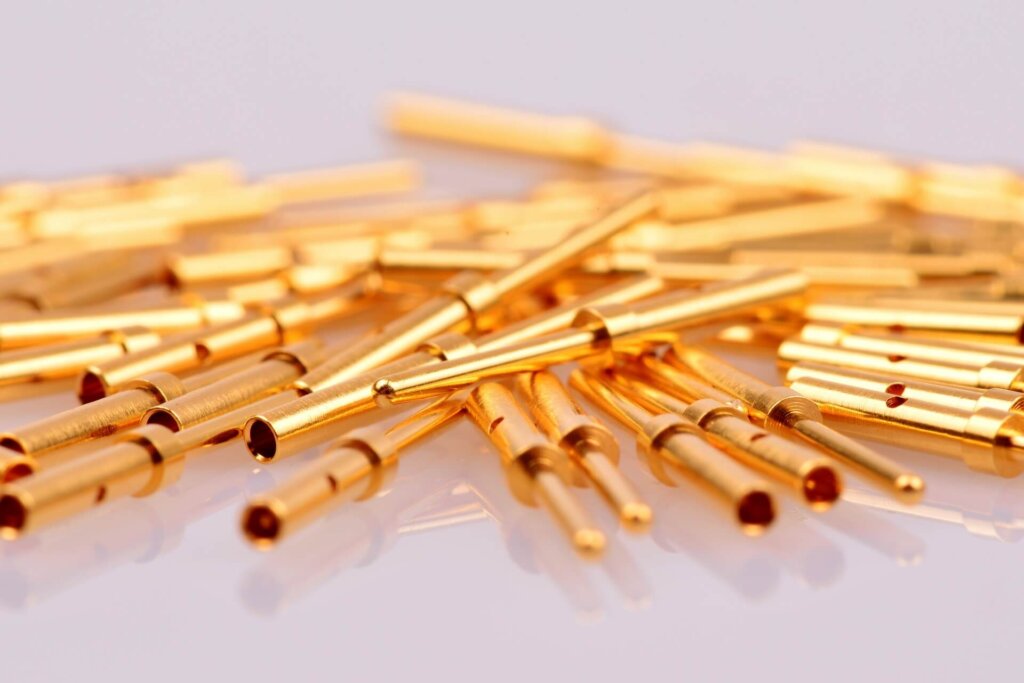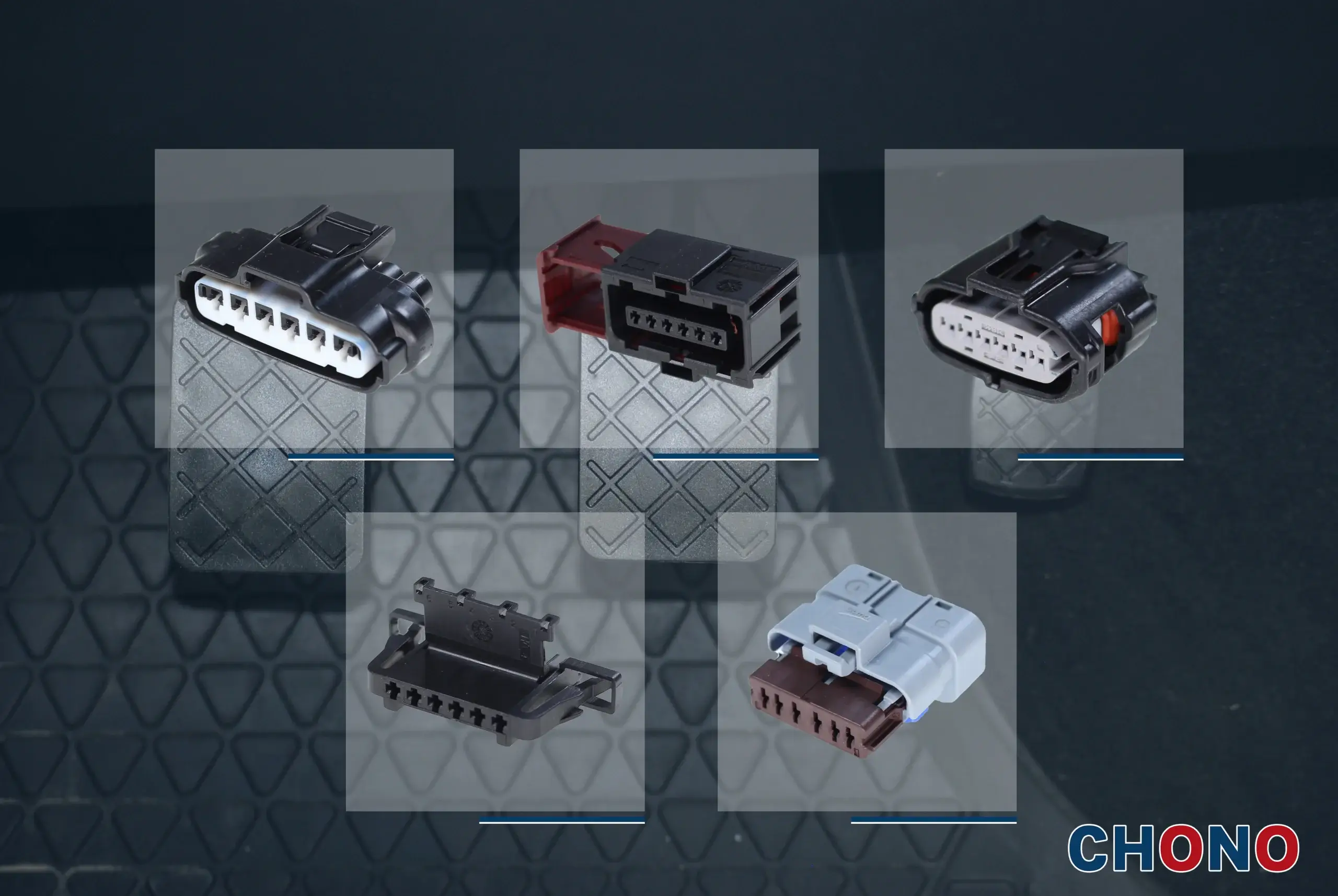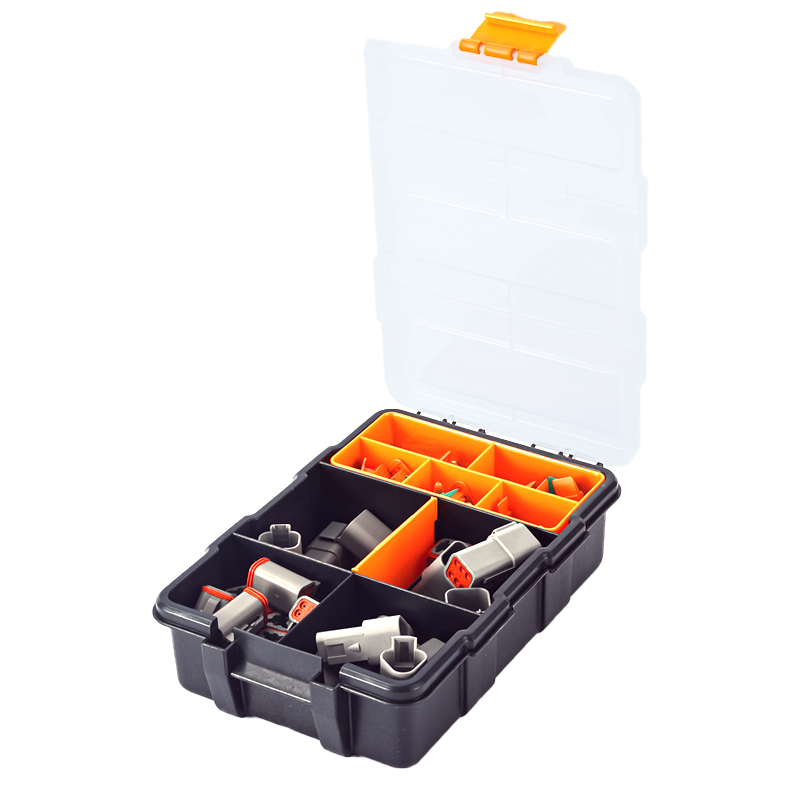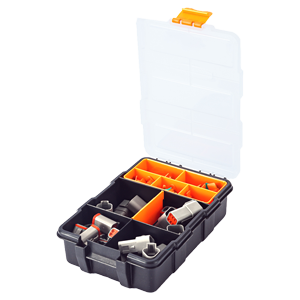An automotive terminal refers to an electrical connector used in the automotive electrical system to connect wires and devices. Its main function is to connect wires and electrical devices through metal conductive components and to fix and protect the metal conductive components through a plastic housing so that the entire circuit can be connected and kept working stably.
Advantages and disadvantages of automotive terminals
-
- Easy installation: Automotive terminals have standardized interfaces, making installation easy and convenient.
-
- Easy maintenance: If automotive terminals are damaged or have problems, they can be easily replaced or repaired, reducing maintenance costs.
-
- Good electrical performance: Automotive terminals use metal conductive components for electrical connections, which have good electrical performance and stability.
-
- High reliability: Automotive terminals have been tested and verified according to industry standards to ensure their reliability and ability to withstand harsh conditions such as high voltage and high temperature.
-
- High cost: Compared to other connection methods, automotive terminals are relatively expensive.
-
- Space limitation: Automotive terminals require a certain amount of space for installation, and if space is limited, other connection methods may need to be used.
-
- Installation limitation: Automotive terminals require specific tools for installation, and if the corresponding tools are not available, it may affect the installation effect.
The production process of automotive terminals
- Material Preparation: This step includes the purchase of necessary materials such as copper, tin, and tinned copper wire, and conducting quality inspection and storage of materials.
- Plastic Injection Molding: Heating plastic particles into a liquid state, injecting them into the mold, and cooling them to solidify the plastic shell of the terminal.
- Metal Forming: Using processing equipment such as punching machines and drawing machines to form copper strips into the conducting components of the terminal.
- Welding: Welding the conducting components of the terminal to the plastic shell to ensure a reliable electrical connection.
- Surface Treatment: Surface treatment of terminals, such as tin plating, to improve corrosion resistance and conductivity.
- Assembly: Assembling the conducting components and plastic shell of the terminal to form the final product.
- Quality Inspection: Multiple inspections, including appearance, size, and electrical performance, ensure the quality of the product meets standards and customer requirements.
- Packaging: Qualified terminals are packaged, with quality tracing to ensure product quality and safety.





